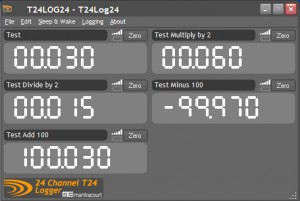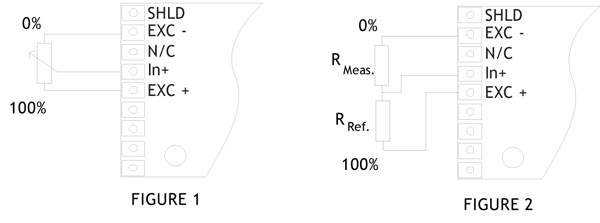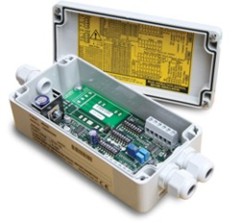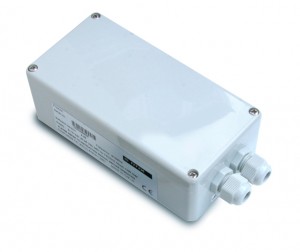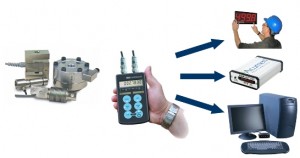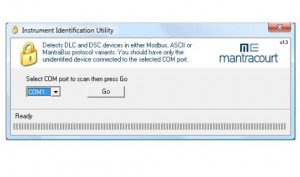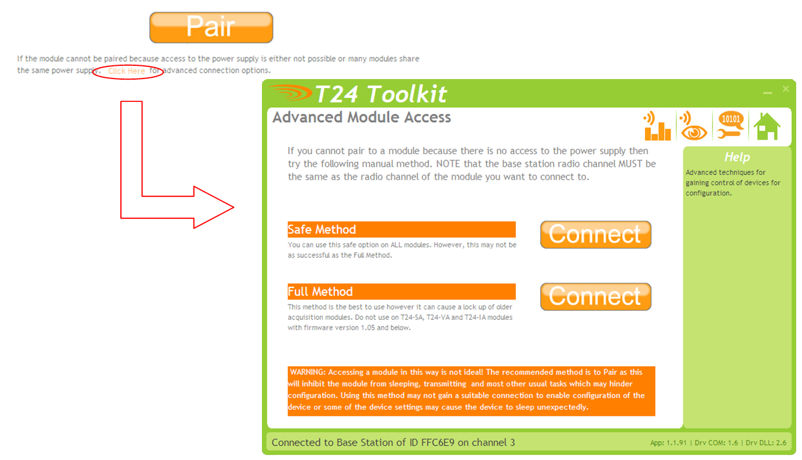Introduction
Designing instrumentation electronics for the amplification of small signals can present a number of challenges. Whether it is the electrically noisy world we live in, or our expectation that the equipment will work reliably under the bonnet of a car or in the North Pole, ‘real world’ electronic design is rarely straightforward. This blog discusses a few important design issues that impact upon the development of high quality instrumentation amplifier and signal conditioners.
Ron Joyce, Design Engineer at Mantracourt explains more.
Amplifier Design
The starting point of such an amplifier design may well be the choice of Operational Amplifier (op-amp) for the input stage. There is quite an array to choose from but choosing a device that offers a first gain stage with a low offset drift and low noise performance is crucial if the signal quality at the input stage is to be maintained.
To further ensure signal stability, the ‘gain resistors’ within the op-amp circuit should be high quality components and have a temperature coefficient of 5ppm/°C or less.
Where potentiometers are incorporated in the design to enable the amplifier to be calibrated, the range of trim they provide should be optimised for ease of calibration and to minimise the effect of their temperature coefficient which, by contrast could be 100ppm/°C or higher. There is a trade-off between allowing enough adjustment to compensate for transducer and electronic component variation and reducing the effect of the potentiometer’s relatively poor temperature stability in the signal chain. In practice the potentiometer should provide only the minimum amount of adjustment necessary to overcome the system variables, any more than this degrades the temperature performance and makes calibration difficult to set due to the excessive amount of adjustment on offer.
PCB Design
A ground plane is an important feature when designing a PCB for a small-signal amplifier. This comprises a layer of copper that serves as a low impedance return path for the currents flowing from various parts of the circuit. This helps to reduce noise and ensure that all components within a system use the same reference potential when comparing different signal voltages.
A ground plane also facilitates PCB design, the ground connection of any component can be directly routed to the ground plane by means of via holes without having to run additional tracks.
In a similar way to the ground plane, when adopting a multi-layer approach, an internal power plane can be incorporated into the PCB design. Power planes can be placed on adjacent layers to ground planes creating a large parallel plate capacitor that helps to filter the power supply.
The use of ‘guard tracks’ is recommended to reduce the effect of PCB leakage currents. The guard track surrounds a sensitive, high impedance area of the circuit (often the input pins of an op-amp) and is connected to a low impedance source at the same potential. Since there is no potential difference between the guard and the sensitive area no current flows and a barrier is formed to any leakage current across the surface of the PCB.
Every PCB design includes unintended thermocouple junctions which modify the signal voltage due to the sum of the thermoelectric voltages generated. Such junctions are formed by two dissimilar conductors for example components soldered to copper pads, wires attached to PCBs etc. To lessen the effect, temperature gradients across the PCB should be minimised with the use of heat sinks and critical components should be grouped tightly together. Even the orientation of individual components should, where practical be taken into account by ensuring that their soldered ends are perpendicular to the direction of heat flow. Any thermoelectric effect will then be cancelled out.
Another approach is to thermally isolate certain components by including routed slots or paths in the PCB. The goal is to create nearly constant temperatures in critical areas.
PCB tracks that are carrying low voltage signals should be routed with care, avoiding noise sources. Track clearances and widths should also be considered.
Finally, with regards to the PCB layout, it is important to observe good EMC procedures.
EMC and Enclosure Design
For the accurate amplification of tiny signals, stray radio frequency signals need to be eliminated. The main problem is that unscreened high-gain amplifier circuits tend to act as radio receivers, picking up the radio frequency signal on resistor legs and PCB tracks etc – then amplifying them along with the instrumentation signal. This stray RF may be generated by electric motors, transformers or even electric lights.
For this reason LC low pass filters should be included on all I/O lines and PCB tracks should be kept as short as possible. The use of surface-mount components helps in this respect.
Ideally, a fully enclosed metal enclosure should be used to house the signal conditioning module with cable entries via EMC glands. If using a plastic enclosure, then some form of internal screening should be implemented.
Naturally, all wire connections to the amplifier will need to be screened, especially on the input otherwise these wires will simply act as antennas.
Conclusion
Careful choice of components and thoughtful PCB design are the main factors to consider in the design of low noise, low signal level amplifiers.
Written by Ron Joyce of Mantracourt
Mantracourt is a UK based company that specialises in the design and manufacture of instrumentation amplifiers, load cell signal conditioners and wireless instrumentation systems.


